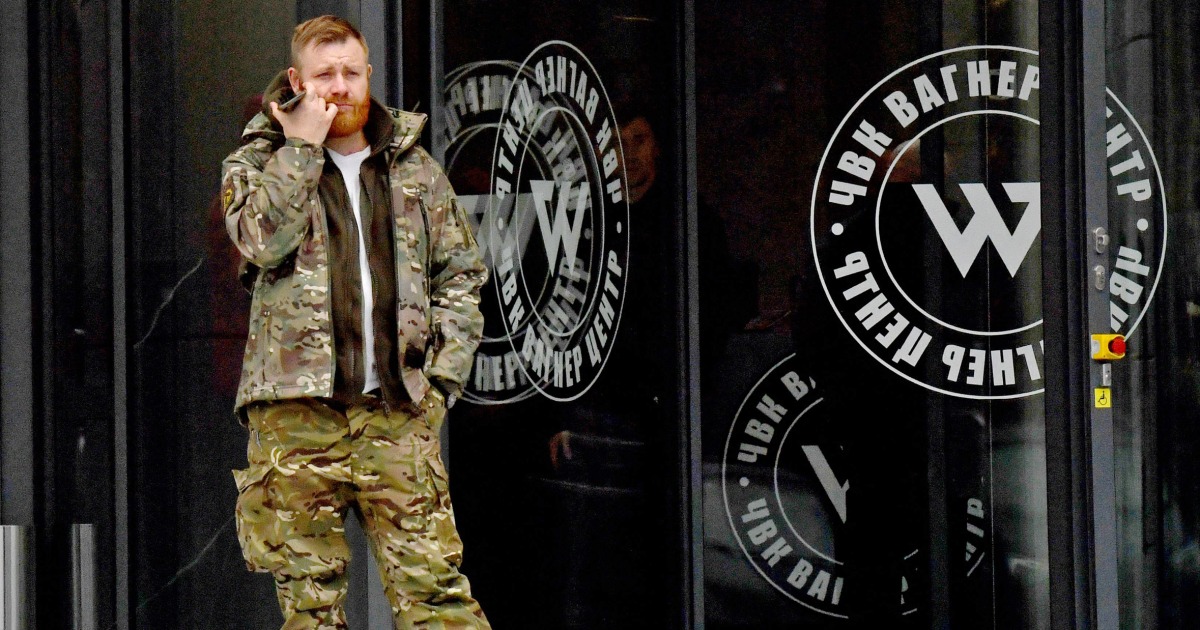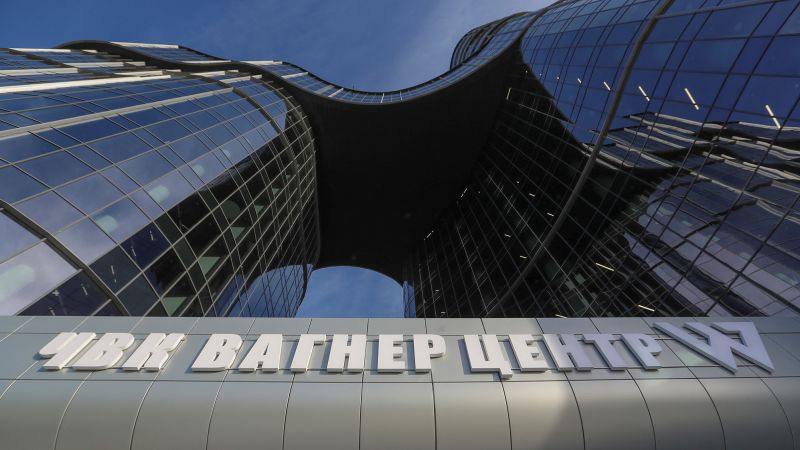It appears Russia is dead set on a continued and protracted war effort. Some truly napoleonic plans have just been announced. The armed forces will be scaled up to 1.5 mln men. So the mobilization isn't the last increase in size. West MD is being split up into the Moscow and Leningrad MDs. 3 new motor-rifle divisions are to be formed, and an army corps in Kareliya (presumably combining the 80th and 200th Arctic Motor-Rifles). 7 motor-rifle brigades are to be converted into divisions across West and Center MD (a reminder current bdes are about 1/3rd the size of a Soviet MRD or 40% the size of a Russian Shoygu-era MRD, though their size varies so this is a generalization), two new para-assault divisions in the VDV, all 5 Marine bdes to be upgraded to divisions, and 3 new air divisions with 8 new bomber regiments (Russia classifies Su-24/34 units as bomber rgts), 1 new fighter rgt, and 6 brigades of army aviation. Each MD is to get an artillery division, so 5 total, and a "high-power artillery bde" (this likely means a super-heavy artillery bde, probably consisting of 1 btln each of 2S4s and 2S7s).
I have some serious questions about this. In principle Russia can produce the equipment, but not quickly. Even optimistically Russia can't put out more then ~2500 light armor vehicles per year, and this is everything, BMPs, BMDs, BTRs, armored trucks, Tigr armored cars, etc. I suppose with a significant mobilization effort production of simpler armored trucks can be increased beyond that point, but their value would be increasingly questionable. But where does one get this many tanks? Let's take the lightest possible variant, a new-style MRD with two MRRgts and no armored rgt. That's 2 tank btlns per division. And let's assume these are Soviet-era tank btln ORBATs, so 31 tanks. 3 new divisions is 6 new tank btlns, upgrading 7 bdes into divisions means adding a second tank btln to each. That's 13 tank btlns, or ~400 tanks. Russia hasn't even replaced losses of tanks in existing units... and it gets trickier when you consider that in principle Marine bdes currently have one tank btln each. Upgrading to a division would presumably involve either decoupling the tank btln from the marine regiments and forming a division-level tank rgt, or adding a second tank btln since at least two rgts per division would be needed. To me it seems almost guaranteed that most if not all of this equipment would have to come from storage. Now we've seen significant quantities of early-variant T-72s on trains, but basically none on the front line. We've also seen a new T-72B3 variant, we're calling the T-72B3mod'22 for the time being. Of course T-90M production is continuing and has even increased, though I'd be surprised if it's more then 100 per year at this point. Overall we're likely to see formations with increasing numbers of older vehicles, especially in the IFV category, and even with increasing numbers of lighter armored vehicles, namely armored trucks*, as primary transports instead of the typical IFVs/APCs. Towed guns are likely going to be the norm too. 2S19M2 (Msta-SM) production does exist and 2 btlns a year has been the norm. This could probably be increased, but not to the tune of 3 new MRDs, 7 MRDs converted from MRBdes, and 5 Marine Divs converted from Bdes. Even so there's an open question whether Russia has the artillery tubes available. The super-heavies should be the easiest, since barely any were being used pre-war and considerable Soviet-era inventory exists, but the rest is questionable. They didn't send D-1s to the LNR because of how plentiful their stockpiles are.
Now on to the aircraft. In the collapse of the Soviet Union tens of thousands of pieces of fairly complex military equipment were "put in storage". I place that in quotation marks because often storage simply meant parking them in some field, near or on a military base (current or former) and then simply leaving them there. Entire national armies could be armed with the equipment that was essentially abandoned across Russia (just Russia, we're ignoring the rest of the USSR) after the collapse. Armored hulls are pretty sturdy, so you can take a BTR-60/70 or BMP-1 hull that's been sitting on an abandoned base for 30 years, and potentially return the vehicle to service. Doing this with aircraft is significantly more problematic. To be fair many aircraft were at least partially prepared for storage, more-so then ground vehicles, with engines and electronics often removed and stored separately. But overall it's far more problematic. Looking at the numbers, we can see only one fighter rgt. This is likely partially a response to the lack of enemy aircraft. But I suspect it's mostly because there aren't very many fighters to return to service available. Are there bombers to return to service? Well.... yes. The Su-34 production is over 120 aircraft, and continuing at a steady pace. Initially they were phasing out the Su-24Ms. These aircraft were not retired during the chaos and collapse of the USSR. They were retired mostly over the past 10 years, and many are still in working condition. They were also allegedly stored much better. Is there 8 rgts** worth of them? Possibly, when you consider the Naval Aviation replaced their Su-24s with Su-30SMs. However in terms of capabilities this is definitely a major step back. What about helos? 6 new army aviation brigades of 80-100 helos? Russia peaked helicopter production at 350 units per year in the early 2010s, but it's unclear if Russia can still produce this many. On the other hand Russia has mass produced late-model Mi-17 variants to replace most of the Soviet Mi-8 inventory, and has replaced a significant portion of their Mi-24s with 28s and Ka-52s. Presumably many of the helos for the new brigades would come from those. Russia actually had a problem for the helicopter manufacturing sector before the war; not enough orders. Russia's traditional customers had replaced most of their transport fleets with the admittedly excellent Mi-8/17 family. Russia's newer attack helos, the Ka-52s and Mi-28s, weren't doing as well on the market as the ubiquitous Mi-24 once did. In principle the helicopter portion is the least problematic piece. But either way for aircraft we're looking at an effort that will likely take the better part of a decade, and will probably drain resources from both the continuing development of more advanced aircraft and procurement of the Su-57***.
To sum this up, this is a massive effort, that drastically increases the size of the military. Something of this nature was to be expected and it's likely some of these units already exist. 300k mobilized personnel weren't just there to replace losses, Russia's entire grouping in Ukraine was less then 300k by a significant margin (MoD specifically likely less then 150k). This is all in principle possible, but some serious compromises will have to be made when forming these units. Questions of comms, and UAS come to mind. Logistics are likely going to be a nightmare. I don't see any news of MTO Bdes**** being formed. I also have to question the utility of pulling a bunch of jets out of storage. Russia can't even fully utilize it's existing inventory, while simultaneously losing jets at a problematic rate. I would argue that investing more heavily into EW, AEW, ELINT, and SEAD/DEAD kit would give far greater return on investment, but inertia is hard to fight. Now for the economic pieces, can Russia afford this? Sure. But the cost is going to be "unpleasant" and will cause serious problems for Russian economic and societal development for years if not decades to come. A choice has been made, and a price will be paid. Will this win the war? No. The war can't be "won" in the conventional manner, short of total mobilization followed by a massive drive on Kiev.
*Please don't confuse armored trucks with MRAPs, they're not the same. One is a purpose built military vehicle designed to some very stringent specifications, the other is an existing military truck, modified with armor. It can be relatively well protected especially compared to a typical BTR-80, but it's no MRAP
** Russian aviation regiments are typically 24-36 combat jets with 1-3 trainers (two-seaters), so closer to a western squadron in size
*** One Russian fighter regiment has begun training for the Su-57 conversion so the program is continuing and production is still ongoing
**** MTO Bdes are Бригада Материально-Технического Обеспечения , or Material-Technical Support Bdes, Russia's largest logistics formations, pre-war each combined arms army got one of these
О новых частях и соединениях, которые будут сформированы в 2023-м году. Создать два межвидовых стратегических территориальных объединения Вооруженных Сил Московский и Ленинградский военные округа. Сформировать три мотострелковые дивизии, в том числе в составе общевойсковых объединений в…

colonelcassad.livejournal.com
Из заявлений Путина и Шойгу на итоговой коллегии МО РФ по итогам СВО в 2022-м году. Из интересных тезисов. 1. Против России используется военный потенциал почти всех стран НАТО. 2. Возможности ВС РФ постоянно возрастают. 3. Солдаты и офицеры участвующие в СВО это герои, сопоставимые с героями…

colonelcassad.livejournal.com





